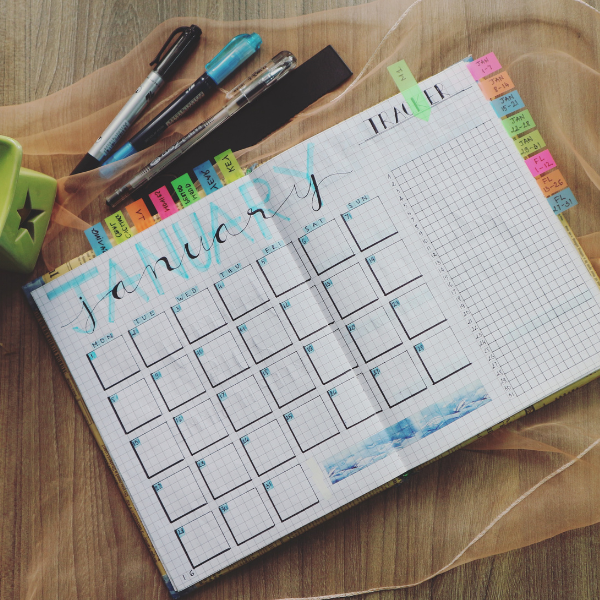how to live on 1000 a month
Living on only $1000 a month requires careful planning and budgeting to cover essentials such as housing, food, utilities, and transportation. It can be challenging, but with strategic financial management, it is possible to make ends meet. Prioritizing needs over wants is essential when living on a limited budget, as every dollar ensures necessities are met.

Overview of living on less than $1000 a month
Living on a limited budget of $1000 a month can be tough, but with the right mindset and financial management, it is possible to make it work. It requires careful planning and budgeting to cover essential expenses such as housing, food, utilities, and transportation.
Challenges and benefits of budget living
The primary challenge of living on $1000 a month is the limited scope for discretionary spending. This means having to make sacrifices in terms of lifestyle choices and entertainment options.
However, the benefit of living on a tight budget is developing strong financial discipline and learning to differentiate between essential expenses and luxuries. It also fosters creativity in finding cost-effective solutions to everyday needs and encourages resourcefulness.
| Challenges | Benefits |
|---|---|
| Limited discretionary spending | Financial discipline |
| Sacrifices in lifestyle choices | Learning to prioritize needs |
| Restricted entertainment options | Development of resourcefulness |

Budgeting Basics
Creating a budget tailored to your income
Living on a monthly budget of $1000 demands meticulous planning and allocation of funds to cover essential expenses like housing, food, utilities, and commuting. It involves categorizing expenses to ensure every dollar is allocated wisely.
Individuals can effectively manage their limited budget and prioritize crucial expenditures by focusing on needs rather than wants.
Setting financial goals and priorities
Adhering to a $1000 monthly budget is challenging because it imposes constraints on discretionary spending, necessitating sacrifices in lifestyle and entertainment options. However, this frugal lifestyle cultivates financial discipline, encouraging individuals to discern between necessities and luxuries.
Embracing budget living fosters resourcefulness in finding economical solutions to daily requirements, promoting a creative approach to managing finances effectively.
Frugal Living Tips
Strategies for cutting expenses and saving money
Living on a budget of $1000 necessitates meticulous planning and allocation of funds for essential expenses such as housing, food, utilities, and commuting. Categorizing expenses ensures wise allocation of every dollar by focusing on needs over wants, enabling individuals to manage their limited budget effectively.
Setting financial goals in such constraints requires sacrifices in discretionary spending but cultivates financial discipline, promoting a nuanced understanding of necessities versus luxuries.
Embracing budget living encourages resourcefulness in finding economical solutions for daily needs, fostering a creative approach to financial management.
Maximizing resources and making smart purchases
Frugal living involves practical actions like shopping at budget grocery stores, negotiating bills, monitoring utilities, and bringing lunch from home to cut expenses. Paying off debt is another crucial step towards financial stability.
Prioritizing value over price and quality over quantity helps make savvy consumer choices. By leveraging these frugal living tips, individuals can make significant recurring savings and effectively manage their monthly expenses.

Housing and Utilities
Affordable housing options
Managing a budget of $1000 requires prudent fund allocation, especially in crucial areas like housing. By prioritizing needs over wants, individuals can effectively manage their limited finances.
Setting financial objectives within these constraints may require sacrifices in discretionary spending but is essential for fostering financial discipline.
Embracing a frugal lifestyle encourages resourcefulness in finding cost-effective solutions for daily needs, nurturing a creative approach to financial management.
Tips for reducing energy and water bills
When striving to save on monthly expenses, cutting down on utility costs becomes paramount. Simple strategies like shopping at budget-friendly stores, negotiating bills, and monitoring energy usage can significantly impact. Also, prioritizing value and quality in purchases over quantity helps in making sound financial decisions.
Individuals can achieve substantial savings and efficiently manage their ongoing expenses by implementing these frugal living tips.

Food and Grocery Shopping
Budget-friendly meal planning and cooking tips
Managing a $450 monthly grocery budget requires strategic planning and smart choices. Prioritizing meal planning by utilizing ingredients already stocked in the pantry, fridge, and freezer is a cost-effective way to reduce waste and save money.
By creating a weekly grocery list and sticking to it, individuals can avoid unnecessary purchases and focus on essentials. Incorporating simple yet nutritious meals into the rotation helps balance health and budget concerns, ensuring a well-rounded approach to grocery shopping.
Saving money on groceries and eating out
Opting for homemade meals over dining out can lead to substantial savings. Making a habit of preparing meals at home promotes healthier eating and cuts down on expenses. Embracing cost-saving measures like buying generic brands, shopping sales, and utilizing coupons can further stretch the grocery budget.
Planning occasional treats or dinners out as a reward for sticking to the budget can help maintain balance and prevent feelings of deprivation. By adopting these mindful spending habits, individuals can enjoy delicious meals while staying within their financial boundaries.

Transportation and Travel
Cheap transportation alternatives
Individuals can explore cost-effective transportation options to reduce overall expenses when managing a grocery budget of $450 a month. Utilizing public transportation, walking, or biking for daily commutes can significantly lower transportation costs. Carpooling with colleagues or friends, especially for longer distances, is another way to split expenses and save money.
Also, leveraging ride-sharing apps or joining car-sharing services can provide convenient, economical travel solutions. By incorporating these alternatives into their daily routines, individuals can navigate their surroundings efficiently while staying within budget constraints.
Budget-friendly travel options and tips
For those aiming to travel affordably, selecting budget-friendly travel options is essential. Embracing slow travel approaches, such as staying in hostels or utilizing homestay programs, can help minimize accommodation expenses. Taking advantage of off-peak travel seasons and booking flights or accommodations in advance often results in significant cost savings.
To stretch your travel budget, consider affordable destinations with favorable exchange rates. Flexibility with travel dates and destinations offers the best opportunities for immersive experiences without overspending. So, don't hesitate to explore your options and make the most of your travel budget.

Health and Wellness
Affordable healthcare and self-care strategies
Individuals can explore cost-effective transportation options to reduce overall expenses when managing a grocery budget of $450 a month. They can consider public transportation, walking, or biking for daily commutes as practical and budget-friendly alternatives. Carpooling with colleagues or friends can be a collaborative way to split transportation costs for longer distances.
Also, leveraging ride-sharing apps or participating in car-sharing services can offer convenient and economical travel solutions. By incorporating these alternatives into their daily routines, individuals can efficiently navigate their surroundings while staying within budget limits.
Prioritizing health on a budget
Selecting affordable healthcare and self-care strategies is key for those aiming to prioritize health and well-being within budget constraints. Opting for preventive healthcare measures like regular exercise, balanced nutrition, and sufficient sleep can contribute to overall wellness without high costs.
Exploring natural, do-it-yourself alternatives for self-care routines can also be a budget-friendly way to maintain mental and physical well-being. Seeking cost-effective solutions through resourcefulness and creativity, individuals can prioritize health while managing expenses.

Entertainment and Recreation
Free and low-cost entertainment options
When individuals are mindful of their entertainment budget, they can still enjoy fulfilling leisure time without overspending. Setting a specific budget for entertainment and sticking to it is crucial. Exploring free outdoor hikes, museum visits on discount days, or public library events can offer enjoyable experiences without breaking the bank.
Utilizing streaming services or attending community events and festivals, which are often free, can also be budget-friendly entertainment options.
Hobbies and activities that won't break the bank
Prioritizing leisure activities that align with one's budget is essential for a fulfilling lifestyle. Engaging in hobbies such as gardening, reading from the local library, or DIY projects can be enjoyable and cost-effective ways to unwind.
Participating in community classes or workshops, joining local clubs or groups, or volunteering can offer social interaction and leisure opportunities without high costs.
Conclusion
Reflections on living on less than $1000 a month
When individuals are conscious of their entertainment budget, they can still enjoy fulfilling leisure time without overspending. Setting a specific budget for entertainment and adhering to it is crucial. Exploring free activities such as outdoor hikes, museum visits on discount days, or public library events can offer enjoyable experiences without breaking the bank.
Utilizing streaming services or attending community events and festivals that are often free can also be budget-friendly entertainment options to consider.

Final tips and advice for financial resilience
Prioritizing leisure activities that align with one's budget is essential for a fulfilling lifestyle. Engaging in hobbies such as gardening, reading from the local library, or DIY projects can be enjoyable and cost-effective ways to unwind.
Participating in community classes or workshops, joining local clubs or groups, or volunteering can offer social interaction and leisure opportunities without high costs.





